The notion that motorhomes are inherently difficult to drive is a misconception that can be dispelled with proper knowledge and preparation.
Factors such as vehicle size, road conditions, and driver skill all play significant roles in how a motorhome handles.
With targeted tips and a good understanding of the vehicle’s features, even a novice can transition to driving a recreational vehicle (RV) with minimal stress.
Key Takeaways:
- Motorhomes require a learning curve but are manageable with practice.
- Familiarity with your RV’s features enhances driving confidence.
- Safe motorhome operation hinges on understanding vehicle dynamics and road conditions.
Understanding Motorhome Types and Their Driving Challenges

Navigating the world of motorhomes can be as complex as driving one. It’s essential to understand the differences between motorhome classes and how size impacts their maneuverability.
Distinguishing Between Class A, B, and C Motorhomes
Class A motorhomes are the largest and most luxurious, akin to driving a bus. They offer ample living space and comfort on the roads, but their size can pose challenges, particularly for those new to driving large vehicles.
Maneuvering through tight spaces and handling at high speeds require a steady hand and an understanding of the vehicle’s weight and dimensions.
Class B motorhomes, often called camper vans, are the smallest and most agile of the motorhome family. They’re built on van platforms with a raised roof for extra interior space.
The driving experience is closest to that of a traditional van, making them a favorite for those seeking simplicity and convenience.
Class C motorhomes are a middle ground, built on a truck chassis with an over-cab area, commonly used for sleeping or storage.
Their driving dynamics are more akin to that of a truck, combining reasonable space with better maneuverability than Class A motorhomes, but they still require more attention to handling than Class B models.
For newcomers to RVing, understanding these basic motorhome types is crucial to choosing the right vehicle for their adventure and comfort level on the road.
Analyzing the Impact of Motorhome Size on Maneuverability
The size of a motorhome directly affects its maneuverability. Longer and wider vehicles, like those in Class A, find it more challenging to navigate narrow roads, make sharp turns, or back up. The increased mass also means that stopping distances are longer, and the effect of crosswinds can be more pronounced, which drivers must anticipate.
Conversely, Class B motorhomes, being more compact, offer the best maneuverability and ease of driving, closely resembling the experience of driving a large car. Parking, city driving, and fuel efficiency are also areas where their smaller size gives them an advantage.
Class C motorhomes strike a balance. While they do require more consideration in handling compared to Class B, they’re typically less intimidating than Class A vehicles.
Their size, while substantial, still allows for easier control, making them a practical choice for those who desire more space but are mindful of maneuverability.
The key for any size is practice and familiarity with the vehicle’s dimensions and capabilities.
Essential Considerations for Driving a Motorhome vs. a Car
Driving a motorhome differs significantly from driving a car, not just in size but in many critical aspects that affect safety and handling. Here are the key factors, reordered by importance and supplemented with additional considerations:
1. Road View and Awareness: The elevated position in a motorhome offers a broader view but limits visibility directly in front. Constant vigilance is crucial, especially in monitoring blind spots and the area immediately in front of the vehicle.
2. Speed Limitations and Driving Behavior: Adhering to lower speed limits for larger vehicles is vital for safety on highways. Slower speeds also allow for more reaction time, crucial given the increased braking distance of a motorhome.
3. Turn Radius and Tail Swing: Due to their length, motorhomes have a wider turn radius and significant tail swing. Being aware of this is essential when navigating turns and corners to avoid accidents.
4. Size and Width Awareness: The width of a motorhome poses challenges, especially on narrow roads or in construction zones with reduced lane widths. This requires careful navigation and sometimes traveling below the speed limit to ensure safety.
5. Refueling Differences: Motorhomes require more frequent fuel stops. Use truck lanes at gas stations to accommodate the vehicle’s size and prevent damage.
6. Simplified Repairs: Carry basic repair tools and materials like duct tape and pop rivets for minor damages. However, seek professional help for significant issues affecting vehicle safety.
7. Stop Sign Protocol: At stop signs, ensure the stop line is visible in front of you, allowing other vehicles to see and safely navigate around your motorhome.
8. Long Sight Driving: Focus further down the road rather than directly ahead to help maintain a steady course and reduce the need for constant steering adjustments.
9. Rest Stops and Alertness: Regular breaks are crucial for maintaining driver and passenger alertness. Frequent stops in safe areas are advised for stretching, fresh air, and a break from the concentration required in driving a large vehicle.
10. Size Rules and Consideration: While larger RVs technically have the right-of-way over smaller vehicles, maintaining a considerate and cautious driving style is important for overall road safety.
Additional Considerations:
- Weather Conditions: Motorhomes are more susceptible to adverse weather conditions like strong winds or slippery roads. Adjust driving style and speed accordingly.
- Backing Up: Maneuvering a motorhome in reverse requires practice and patience. Use a spotter or rearview camera systems for better visibility and safety.
- Legal Requirements: Some regions require special licenses or permits to operate a motorhome. Ensure compliance with all legal requirements before embarking on your journey.
Understanding and respecting these differences is essential for a safe, enjoyable motorhome driving experience compared to a regular car.
Essential Motorhome Driving Tips for Safe Navigation
I understand that navigating a motorhome can seem daunting due to its size and complexity. To ensure a safe and enjoyable journey, it’s vital to master the driving fundamentals and be aware of more advanced techniques.
Mastering the Basics of Motorhome Driving
Before I even turn the ignition, I always perform a pre-delivery inspection. This includes checking the functionality of brakes, lights, signals, and making sure the motorhome’s fluid levels are optimal.
This initial step is crucial for safe operation and can help avoid costly errors on the road. I found a valuable checklist covering the essentials of a thorough pre-delivery inspection that reinforces the safety and readiness of any RV.
When I’m ready to hit the road, the first thing I practice is maneuvering the RV through varying traffic conditions and understanding its dimensions.
Clear awareness of the vehicle’s height, width, and turning radius is fundamental to avoid mishaps. For those new to motorhomes, gaining an understanding of basic features and how to maneuver them in various scenarios is of utmost importance.
Once on the move, it’s important for me to remember to make wider turns, as the length of the motorhome demands extra space.
Additionally, backing up should always be done cautiously—preferably with a spotter to guide. These basics lay the foundation for a trouble-free driving experience.
Advanced Techniques for Experienced Drivers
For experienced drivers who are comfortable with the basics, focusing on more advanced driving strategies is next. This includes mastering the use of mirrors for better visibility and being attentive to the vehicle’s swing-out effect while turning.
Constant vigilance is key when driving a large RV, especially when dealing with blind spots.
Appropriately sized mirrors, coupled with proper seat and steering wheel adjustments, significantly reduce these blind spots.
This awareness is enhanced with experience, as I become more knowledgeable about the size of my motorhome.
Long drives require careful planning to prevent fatigue. Therefore, it’s essential that I take breaks every two to three hours or as needed.
This practice is not just for my comfort but also for safety. It ensures that I remain alert while driving and responsive to the traffic conditions around me.
For more insights into planning long trips and choosing the right RV size for different adventures, including visits to national parks, it’s beneficial to consult details on optimal RV sizes.
Driving a motorhome safely is a skill that improves with time. Whether it’s understanding the basics or implementing advanced techniques, continuous learning and practice will pave the way for worry-free navigation.
Key Factors Influencing Motorhome Handling
Handling a motorhome smoothly requires understanding several interconnected factors that can impact the driving experience. Mastery over these elements can result in a secure and enjoyable journey.
The Role of Weight Distribution and Load Management
Proper weight distribution is paramount when navigating a heavyweight vehicle such as a motorhome.
My experience dictates that an uneven load can lead to a challenging driving experience, with the potential for decreased stability and control.
Emphasizing load management is essential, as it directly affects the vehicle’s center of gravity. By strategizing the placement of heavy items closer to the center and ensuring that the load is spread evenly, I can significantly enhance the motorhome handling capabilities.
Maintaining optimal tire pressure in accordance with weight distribution is also crucial. Tires are the foundation of vehicular stability, and neglecting them can invite trouble on the road.
Bilstein shocks can be critical in absorbing road irregularities, ensuring that the increased mass from the load does not compromise the ride smoothness.
Addressing Steering and Sway Problems with Upgrades
The frequent sway problem that motorhome drivers encounter can often be rectified with aftermarket upgrades.
Installing steering stabilizers was a transformative decision. These stabilizers aid in reducing the effort required to keep the motorhome centered, particularly during crosswinds or on uneven surfaces.
Moreover, I’ve learned that some motorhomes benefit greatly from suspension enhancements. For example, upgraded sway bars can mitigate the swaying sensation that often occurs in high winds or when a large vehicle passes by.
Additionally, it’s not unusual for me to advise on adding a steering stabilizer, such as the Safe-T-Plus, for an extra layer of security and control. This device can prevent the steering wheel from jerking, thus contributing to a much smoother driving experience.
In managing these key aspects, I’ve discovered that the behemoth that is a motorhome can be maneuvered with confidence.
By attending to weight distribution, maintaining the integrity of the tires, and considering the appropriate upgrades, the challenges of motorhome handling become manageable, ensuring safe travels.
Overcoming Motorhome Driving Challenges on the Open Road

Driving a motorhome can be a rewarding experience, but it also comes with its unique set of challenges on the open road. Mastery over handling this sizable vehicle and an understanding of its dynamics can make all the difference.
Navigating Tight Turns and Maintaining Control at Speed
I know tight turns can be intimidating in a motorhome, given its size and weight. When approaching a tight turn, I make sure to reduce my speed ahead of time and approach the turn at an angle that allows for a smooth and wide arc.
This technique helps in minimizing the risk of tipping due to sudden movements or oversteering. Remaining in control at speed on the open road is crucial, and I always adhere to a safe speed limit that allows me to maintain a straight line without the need for sudden corrections.
- Decrease speed before the turn
- Approach turns at a calculated angle
- Maintain a consistent and safe speed on straightaways
I’ve found that features like rearview cameras and extended side mirrors greatly assist in ensuring visibility during these maneuvers.
Best Practices for Backing Up Large Vehicles
Backing up a motorhome is a skill that I’ve honed over time. The key for me is being aware of my surroundings and using all available tools to assist me.
I begin by ensuring the area is clear, then I proceed slowly, making slight adjustments. During this process, I frequently check my mirrors and, if possible, use a spotter outside to guide me.
- Clear the area before backing up
- Use mirrors and backup cameras
- Move slowly and adjust as needed
- Employ a spotter if available
By following these strategies, I successfully navigate and operate my motorhome on the open road, maintaining control, and ensuring safe travel.
Enhancing Your Motorhome with the Right Features and Amenities
When tackling the challenge of maneuvering a motorhome, equipping it with the appropriate features can substantially enhance the driving experience.
Selecting the right amenities and storage options can not only make trips more comfortable but also improve vehicle handling.
An optimal floor plan is critical; I prefer one that balances space for living and storage, providing a stable ride without unnecessary weight distribution issues.
Regarding the suspension system, upgrading to Bilstein shocks can absorb road irregularities and reduce bouncing.
Investing in quality leaf springs or air bags contributes to a smoother ride, especially in motorhomes with a heavier set-up.
For steering components, a solid bell crank and a Safe-T-Plus steering stabilizer are essential for reducing play in the steering wheel and improving overall control.
When considering warranties and brand reliability, I always look into the promises of lasting support, as a robust warranty can save me significant stress and cost in the long run.
The motorhome I choose needs to strike a balance between comfort and drivability, ensuring that I can enjoy my travels to the fullest without constant concern over the vehicle’s performance.
Enhancement Checklist:
- Amenities: Ensure comfort and convenience
- Storage: Optimize for weight distribution
- Floor Plan: Balance living space and stability
- Shocks: Consider brands like Bilstein
- Leaf Springs: Essential for load bearing
- Air Bags: Enhance suspension cushioning
- Bell Crank: Reduces steering play
- Safe-T-Pus: Improves steering response


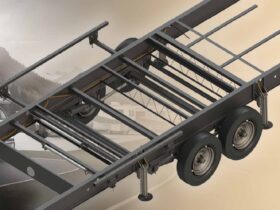
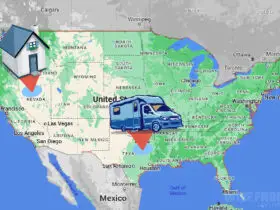
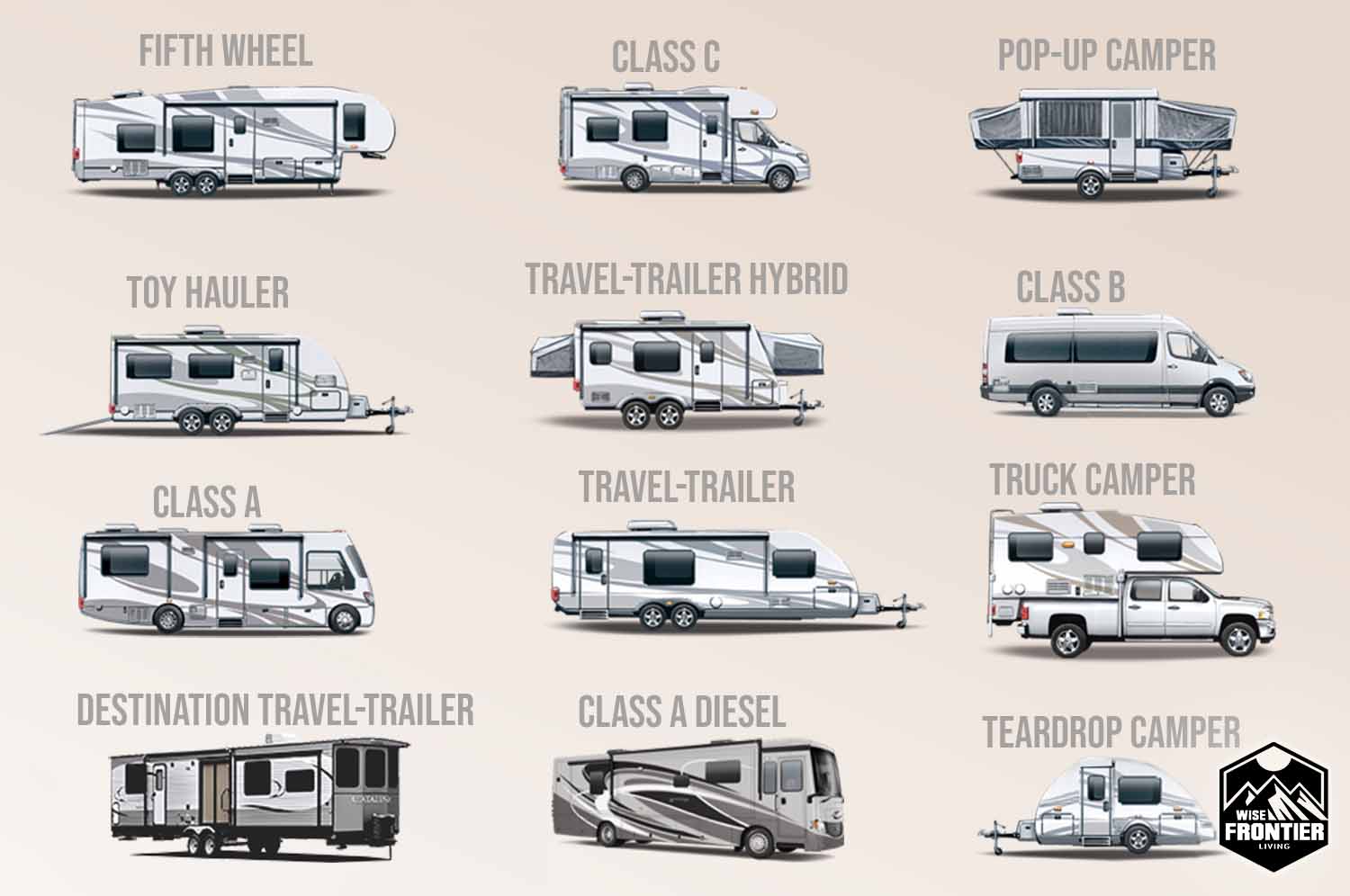
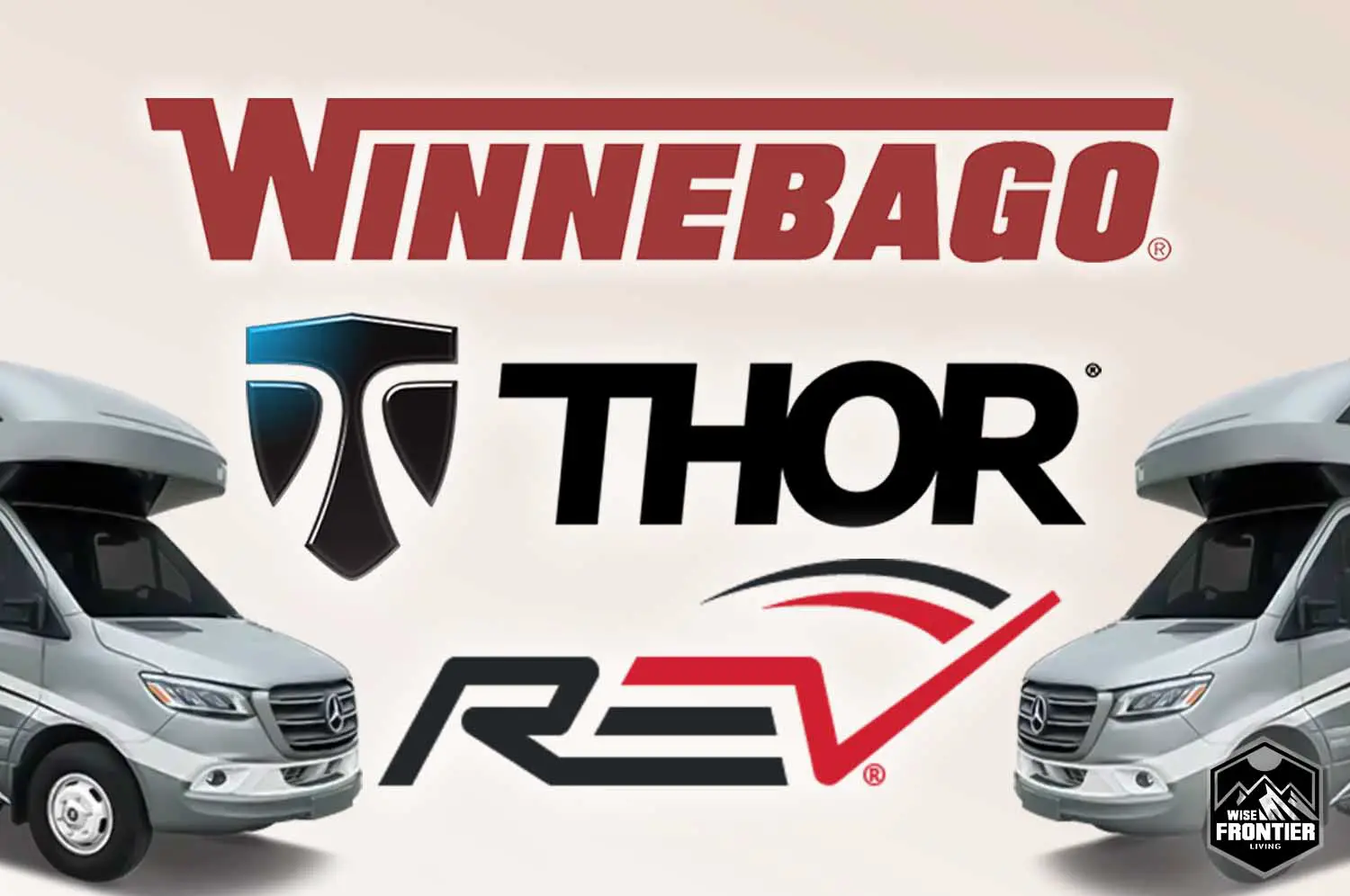

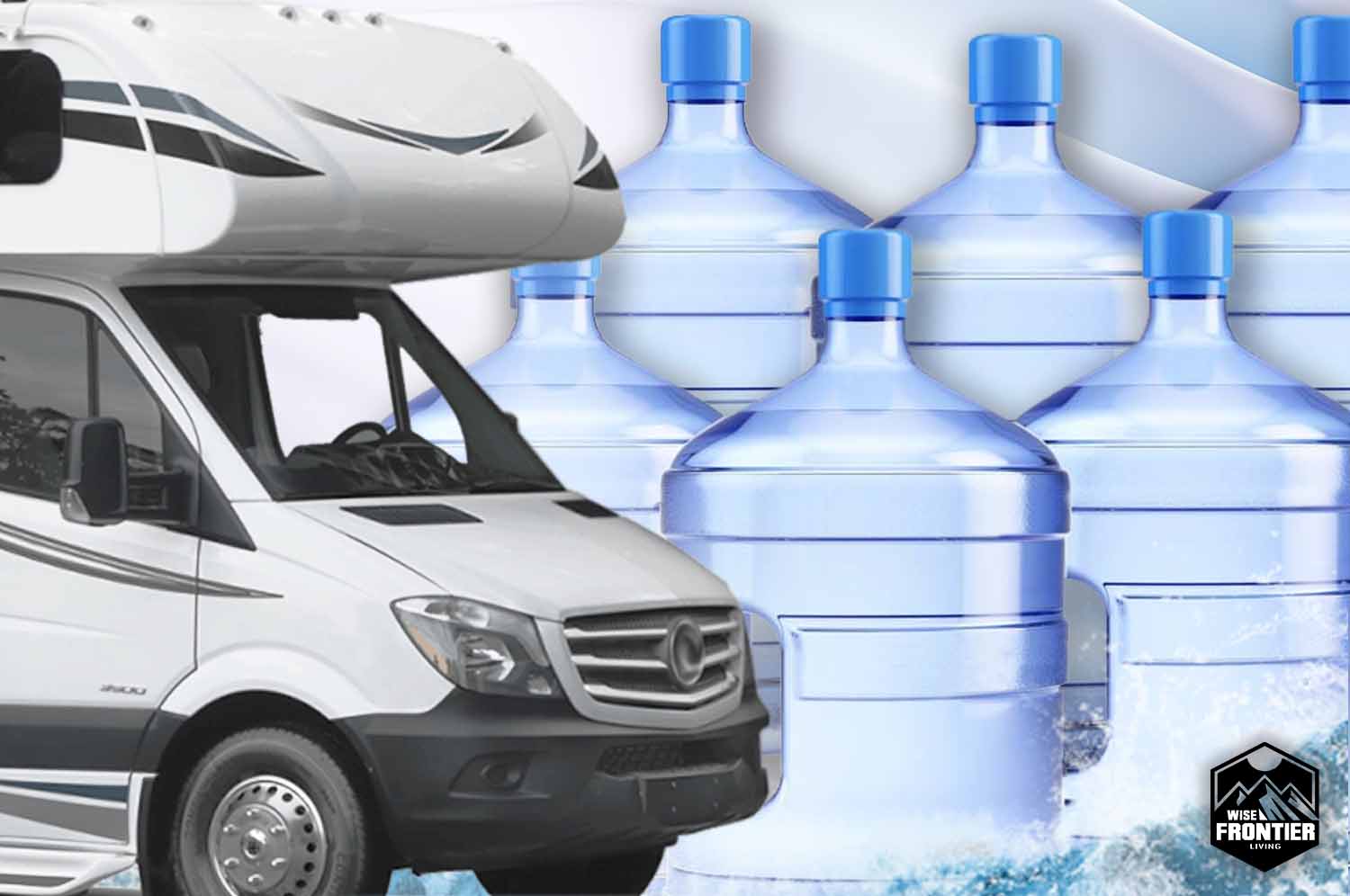

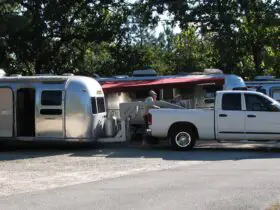
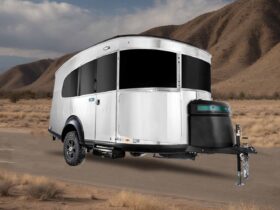

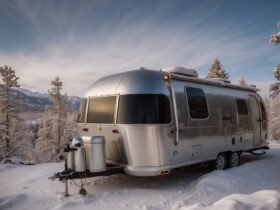
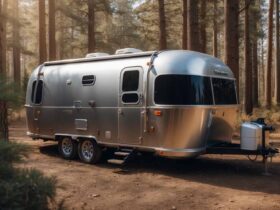
Leave a Reply